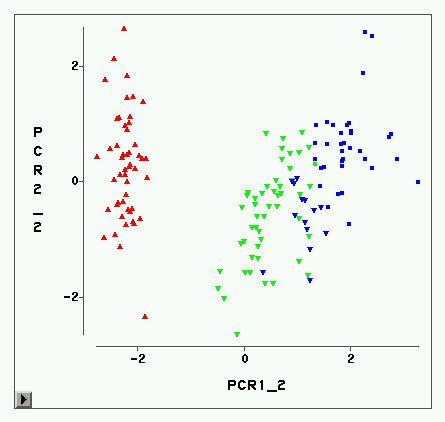Many democratic political parties hold primary elections, which nicely reflects their democratic nature and promote, among other things, the democratic value of inclusiveness. However, the methods currently used for holding such primary elections may not be the most suitable, especially if some form of proportional ranking is desired. In this paper, we compare different algorithmic methods for holding primaries (i.e., different aggregation methods for voters' ballots), by evaluating the degree of proportional ranking that is achieved by each of them using real-world data. In particular, we compare six different algorithms by analyzing real-world data from a recent primary election conducted by the Israeli Democratit party. Technically, we analyze unique voter data and evaluate the proportionality achieved by means of cluster analysis, aiming at pinpointing the representation that is granted to different voter groups under each of the algorithmic methods considered. Our finding suggest that, contrary to the most-prominent primaries algorithm used (i.e., Approval), other methods such as Sequential Proportional Approval or Phragmen can bring about better proportional ranking and thus may be better suited for primary elections in practice.
翻译:许多民主政党举行初选,这很好地反映了它们的民主性质,并除其他外,促进了包容性的民主价值。然而,目前用于举行这种初选的方法可能不是最合适的方法,特别是在需要某种比例分级的情况下。在本文中,我们比较了举行初选的不同算法方法(即选民选票的不同汇总方法),方法是用真实世界的数据来评价每个政党的成比例分级程度。我们特别比较了六个不同的算法,方法是分析以色列民主党最近举行的初选产生的真实世界数据。技术上,我们分析独特的选民数据,评价通过分组分析实现的相称性,目的是确定在所审议的每一种算法方法下给予不同选民群体的代表性。我们的调查结果表明,与所使用的最突出的初选算法(即批准)相反,其他方法,例如按顺序按比例核准法或法师法,可以带来更相称的分级,从而在实际中更适合初选。


